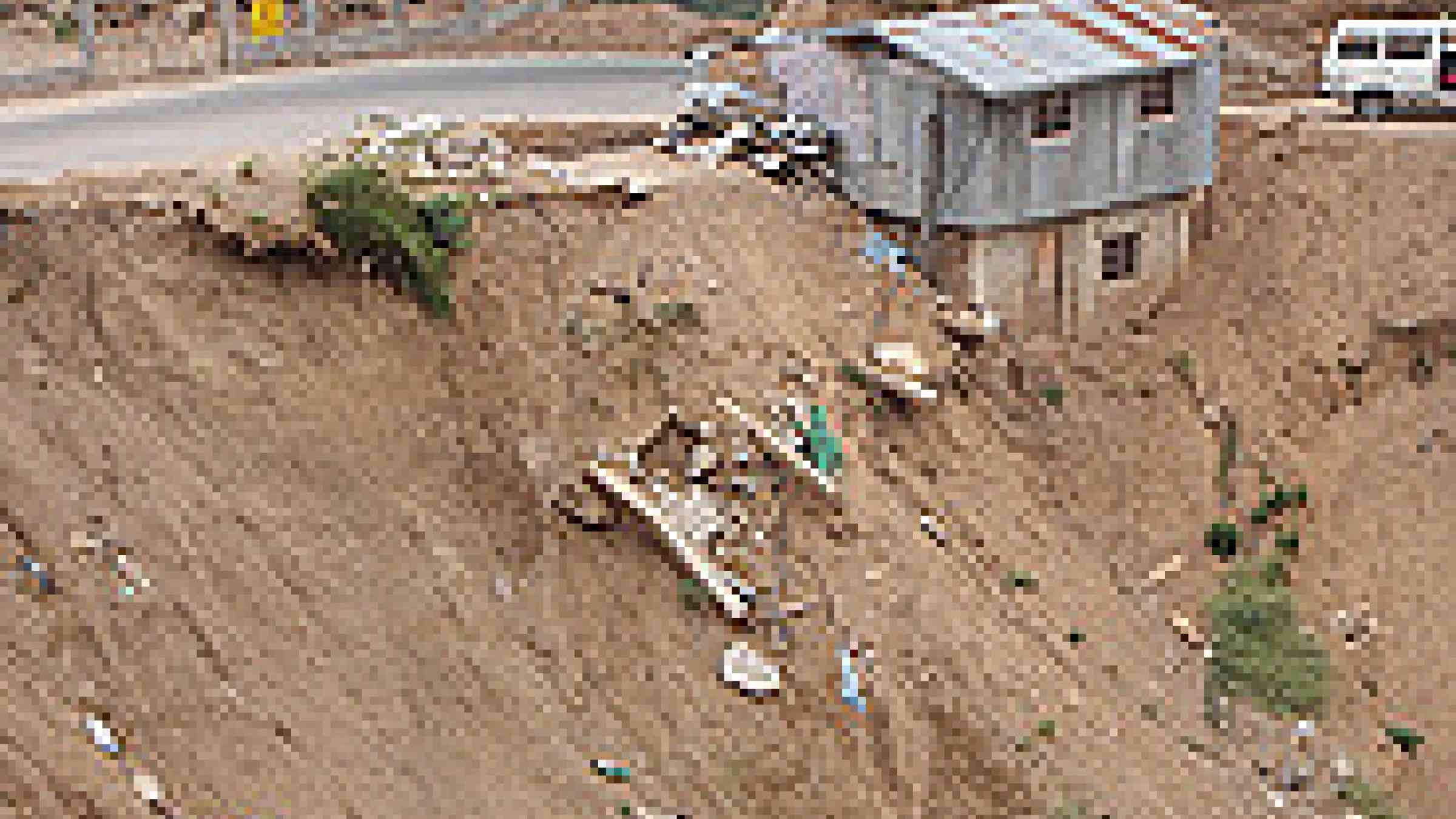Landslide risk increasing in the Philippines

Manila - The risk of landslides in the Philippines, one of the most disaster-prone countries in the world, is increasing, experts warn.
"With the changing weather conditions... and amount of rainfall each season brings, we could categorically state that the number of landslide occurrences is increasing," Angelica Sajona, senior science research specialist with the Philippine government's Mines and Geosciences Bureau (MGB), told IRIN.
The combination of mountainous and hilly regions that experience earthquakes as well as intense rainfall brought on by monsoons or typhoons, make the terrain naturally susceptible to landslides. According to the MGB, up to 80 percent of the country's total land area is landslide prone, making the country the fourth most exposed to landslide risk, after Indonesia, India and China.
More than 100,000 people are exposed in the Philippines, according to the UN International Strategy for Disaster Reduction (UNISDR).
But in a country with so many vulnerable people, the increasing intensity of typhoons and rapid urbanization, often on vulnerable land, are making the landslide risk worse, says Mario Aurelio, MGB's former director.
Rapid urbanization
As the country's population continues to grow, many are settling in landslide-prone areas.
"Local and national government must closely monitor landslide potential... to keep people and infrastructure out of the path of slides," said Gabrielle Iglesias, project officer with the Asian Disaster Preparedness Centre.
In Manila alone, the country's capital and largest city, almost three million people are living in informal settlements in unstable areas, according to the UN Human Settlements Programme (UN-HABITAT), making them extremely vulnerable.
Precipitation and terrain
Unusually high precipitation as a result of climate change has also increased the risk of landslides.
"The rains are becoming so intense," said MGB's Cordillera Administration Region (CAR) chief geologist Fay Apil. "Definitely, the landslides are getting worse."
The Cordillera region has the highest risk of landslides in the Philippines. All its six provinces are on the list of the MGB's top 10 provinces with the highest landslide susceptibility levels.
Last year, Typhoon Parma triggered landslides in Sitio Little Kibungan in La Trinidad, Benguet - located in the mountainous CAR - killing up to 70 villagers.
While the industrial region depends on the flow of water through the mineral-rich soil for its mining economy, the highly fractured terrain is particularly prone to landslides when there are sudden increases in rainfall or floods because of a typhoon, said Apil.
The worst landslide in the country's recent history happened in February 2006 in St Bernard town, Southern Leyte, a province in the Visayas. After two weeks of unusually heavy rains, an entire village was submerged. More than 1,000 residents, including 200 school-children, were reported dead.
cf/cm/mw